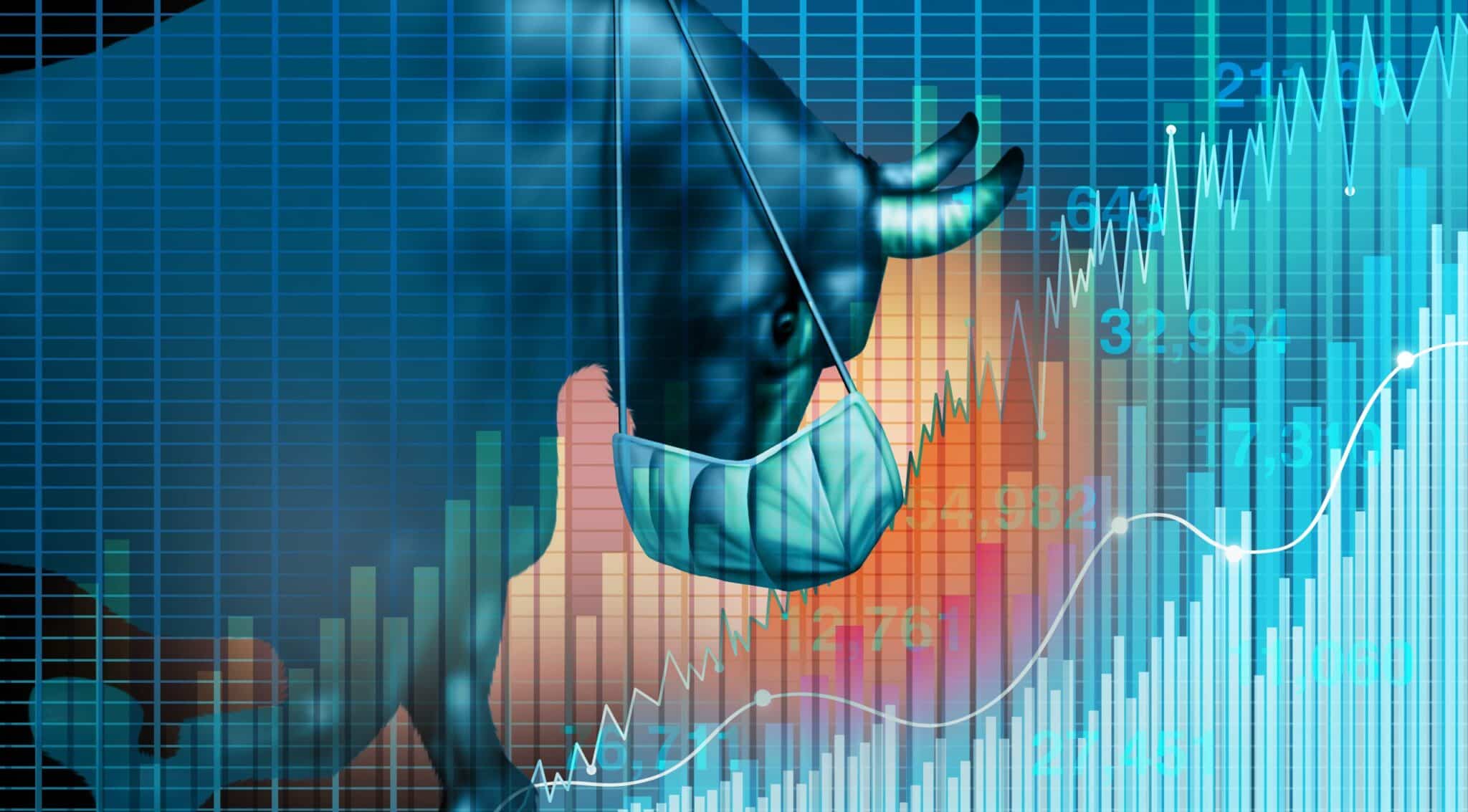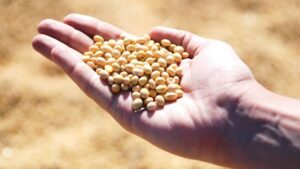2020 has been quite the year but has set up 2021 to be bullish.
Just as we know Christmas comes at the same time every year, we know one thing that’s consistent, whether or not in-person or virtually: the Agricultural Economy Outlook For 2021, hosted by Dan Basse, consultant with AgResource Company, is always a highlight at the American Seed Trade Association (ASTA) December event.
Like every year, Basse joins ASTA at their annual CSS and Seed Expo 2020 conference, and while he would have preferred the meeting was held in-person, he came bearing good news.
“We’ve got some exciting things to talk about this year,” Basse says. “It’s been a while since I’ve actually had a bullish flavor to the agricultural markets. For years, we’ve talked about demand drivers which have got our ag markets going. Right now, we see this Chinese demand coupled with Mother Nature, which gives us an 18-to-24-month demand driven bull market.”
All that comes down to one exciting piece of news: instead of having a bearish market for 2021, agriculture is looking optimistic.
“I’m excited to have a little better news for the U.S. farmer and for the global farmer,” he says. “And for those of you that are selling seed, we are going to need every acre next year in terms of crop production. It should be a good year up and down the agricultural chain.”
Not only does it look like a good year, Basse notes that it’s also one of the biggest shifts he’s seen.
“This is the biggest shift that I’ve seen from a supply driven bear to a demand driven bull, and it’s all happening in a matter of months or weeks,” he says.
Demand Drivers
When it comes down to it, Basse notes that there are a few demand drivers in play helping shift this year to a more bullish outlook.
“This year, we took on favorable northern hemisphere weather, and we really cut production,” he says. “All of this happened because of a late summer flash drought. Add that on top of a Black Sea drought, which left world corn and soy exporters with their smallest stock since 2012.”
Another major outlook that is driving demand has to do with China’s hog herd.

“China’s hog herd has gotten through the African Swine Fever, and now it’s back in what we would call a growth phrase,” Basse says. “The Chinese are building biosecurity facilities, which is being accelerated by high prices in government subsidies, 0% interest loans and the diminishment of backyard production facilities. That means it will buy more corn and soybean oil.”
Of course, that all means that China is looking at producing record amounts of feed with corn and meal, which is a demand driver for the corn market.
With President-Elect Biden coming into office, Basse says there will be a push for an environmental legislation.
“This will be good for green fuels or biofuels at least heading into the Farm Bill of 2023,” he says. “Longer term, the electrification of the transportation system will come into play. In addition, we think there will be something in the new farm bill of carbon sequestration, which will be the new environmental green discussion topic.”
However, Basse notes that because of these factors, they’re limiting their bullish view of the industry only to a few years.
“We have uncertainty regarding phase two, if you will, in the Chinese trade agreement. We’ve got another year ahead,” he says. “But after 2022 is less certain. As we think about the world as it sits, we’re willing to go out two years and talk about bullishness.”
Commodity Prices
When it comes to commodity prices, we see that soybean prices have gone up again.
“In the soybean market, soybean prices are now up to $100 a ton or $5.50 a bushel, which is a 64% gain,” Basse says. “That’s one of the biggest gains we can find looking backwards in 2012, when we had a big Midwest drought.”
In the case of corn, corn’s commodity prices are also up.
“Corn is up $100 a metric ton or close to $1.50 a bushel, again, largely due to the weather problems in the Black Sea and in the Midwest, but also due to Chinese demand,” he says.
And that sets the stage to where commodity prices are today.
World Debt and U.S. Debt
One thing Basse notes is a lot of this bullishness comes from a slosh of cash.
“When you think about the U.S. government, the European government, the Chinese government — it is no longer the question of economic growth as it was what to do with that money in a 0% or, in some cases, negative interest rate environment,” he says. “World debt has never piled up so rapidly, which has now pushed more fiscal needs to politicians.”
Of course, in terms of a Biden administration, that probably means seeing another stimulus package coming — the amount just depends on the runoff election in Georgia, and what the congressional makeup will be.
“U.S. government debt has been on a tear,” Basse says. “Looking back to the last recession of 2011, this government has gone from a debt of $12 trillion, now upwards to something of $27.4 trillion. And we think by earlier next year, we’ll be at $30 trillion.”
According to Basse, this massive amount of liquidity and debt is causing the U.S. dollar to weaken.
“When you think about where the dollars are, and where the debt is, it’s largely bought or domiciled right now in countries like Japan and China, along with others like Brazil and even the U.K.,” he says. “We’re awash in liquidity. The U.S. government is going deeper into debt and there’s no signs of that changing.”
For all the signs of a bullish year, this is quite the bearish trend for the U.S. dollar.
“So, a bearish trend in the dollar index, so the greenback will of course force an investment theme,” Basse says. “We’ll get more people looking at the raw material side as an asset class — something that can be invested.”
Sticker Shock
One thing Basse notes that has been disappointing in the corn market is that seven countries’ corn exports are an estimated 25.5 million metric tons, 8.6 below the previous year.
“What has happened there is world importers have kind of gotten a case of sticker shock,” Basse says. “We’re now trading about $5.70 to $5.80 a bushel, which has given sticker shock to some of the importers.”
However, going back to 2013, Basse notes that the USDA tends to be low on this trend.
“The USDA at its annual estimates is always too low in terms of corn,” he says. “So, we’re expecting that although sticker shock is set in that as we get our soybean export program, not ramped up but diminished if you will after the first year, U.S. corn exports will really start to ramp up and we’ll steal the show out of the Gulf.”
Going Forward
While there’s always a little uncertainty as a new year heads into play, Basse is optimistic.
“There’s a lot to be optimistic about,” he says. “It’s that demand component of China needing more feed, along with adverse weather and our friends in Latin America and in the Black Sea not being able to expand fast enough because of recent weather calamities.
“I’m sure thankful to be giving a more bullish outlook this year, and thankful that at least for the next couple of years, we’re going to have some very volatile dynamics, at least for the farmer,” Basse says.













